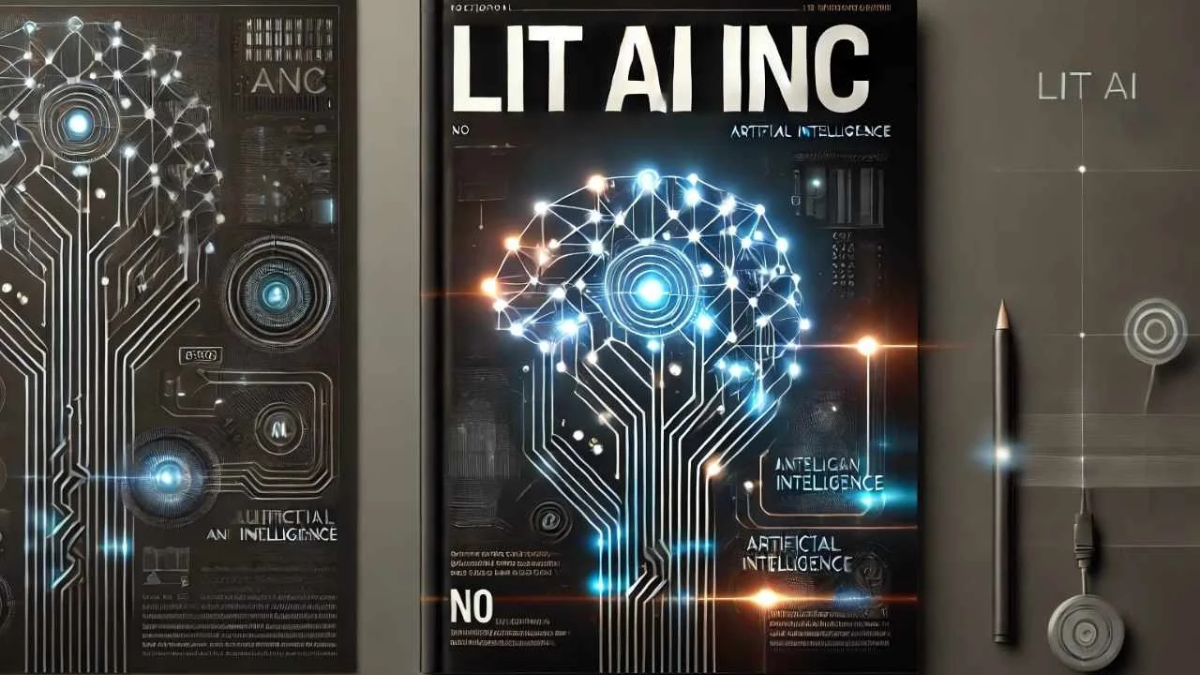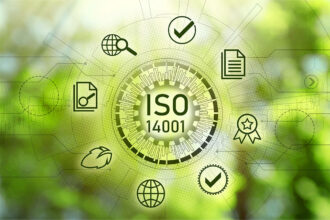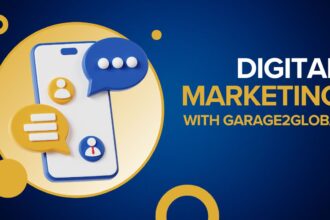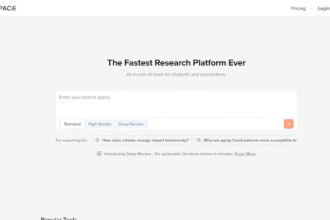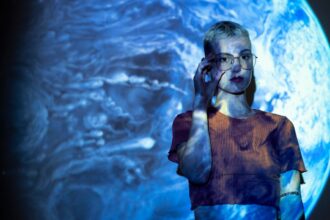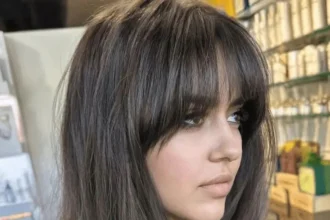Introduction to Lit AI INC Magazine
Welcome to the exciting world of Lit AI INC Magazine, where creativity meets cutting-edge technology. In a landscape saturated with content and innovation, this publication stands out as a beacon for artists, designers, writers, and marketers alike. With artificial intelligence rapidly changing how we create and consume art, Lit AI INC takes you on a journey to explore this fascinating intersection. Whether you’re an industry veteran or just curious about the new wave of creative tools at your disposal, there’s something here for everyone. Get ready to dive into a realm where imagination knows no bounds!
What is Artificial Intelligence (AI)?
Artificial Intelligence, often abbreviated as AI, refers to the simulation of human intelligence processes by machines. This involves learning, reasoning, and self-correction.
At its core, AI seeks to mimic cognitive functions. It can analyze data patterns and make decisions based on that analysis. This technology powers everything from voice assistants like Siri to more complex systems used in healthcare diagnostics.
Machine learning is a crucial subset of AI. It allows computers to learn from experience without explicit programming. Deep learning takes this further by using neural networks for even deeper insights.
AI is not just a buzzword; it’s reshaping industries across the globe. From art creation to music composition, its influence is undeniable and growing rapidly in creative fields too. Understanding what AI encompasses opens doors to exploring its vast potential in innovation and creativity.
The Impact of AI on Creative Industries
Artificial Intelligence is reshaping the landscape of creative industries in unprecedented ways. From music to visual arts, AI tools are enabling artists and creators to push boundaries.
Musicians now rely on algorithms to compose melodies or generate unique soundscapes. This collaboration between human intuition and machine precision results in innovative tracks that appeal to diverse audiences.
In graphic design, AI can analyze trends and provide suggestions, allowing designers to create visually stunning works faster than ever before. It doesn’t replace creativity; it enhances it by offering fresh perspectives.
Writers are also tapping into AI for inspiration. Automated systems assist with brainstorming ideas or generating drafts, freeing up time for deeper storytelling and refinement.
The fusion of technology with traditional art forms fosters an environment ripe for experimentation. As new techniques emerge, so does a fascinating dialogue about what defines creativity in this age of intelligence.
How Lit AI INC is Revolutionizing Creativity
Lit AI INC Magazine is at the forefront of blending technology with artistic expression. By harnessing advanced algorithms, it transforms how creators conceptualize and execute their work.
Through insightful articles and case studies, the magazine showcases innovative tools that empower artists, writers, and designers. Readers gain access to resources that enhance their creative processes without stifling originality.
The platform fosters collaboration among tech-savvy creatives and traditional artists. This synergy leads to groundbreaking projects that push boundaries in various fields such as music, visual arts, and literature.
Moreover, Lit AI INC invites thought leaders to share insights on emerging trends in AI-driven creativity. This cultivates a community where fresh ideas flourish alongside cutting-edge technology.
This vibrant exchange encourages a reimagining of what creativity can achieve in today’s digital landscape.
Success Stories of Companies Using AI for Creativity
Numerous companies have embraced Artificial Intelligence to enhance their creative processes, pushing boundaries in innovative ways.
One notable example is Adobe, which integrated AI into its Creative Cloud platform. Their AI tool, Sensei, automates tedious tasks like photo editing and video enhancement. This allows creators to focus more on their artistic vision.
Then there’s Jukedeck, a startup that used AI to produce original music tracks tailored for videos. Brands could generate unique soundscapes without hiring composers or purchasing rights.
Similarly, the fashion industry has seen a transformation with Stitch Fix using algorithms to personalize clothing recommendations based on customer preferences. This blend of technology and creativity results in better customer engagement.
These success stories showcase how diverse industries are leveraging AI’s capabilities. It empowers them not only to streamline operations but also enrich the creative landscape significantly.
Potential Challenges and Ethical Concerns
As Lit AI INC Magazine explores the intersection of creativity and artificial intelligence, it’s essential to address potential challenges.
One major concern is the authenticity of AI-generated content. Are these creations genuinely original, or are they just reflections of existing works? This raises questions about copyright and intellectual property rights.
Additionally, there’s a fear that AI could homogenize creative outputs. If algorithms dictate trends, will we lose the diversity that comes from human expression?
Ethical implications also arise in how data is sourced for training AI models. Transparency becomes crucial when considering whose voices are represented—or omitted—in this digital landscape.
There’s the matter of job displacement. While technology can enhance creativity, it may also threaten traditional roles within creative industries. Balancing innovation with ethical considerations remains a complex but necessary dialogue.
Conclusion: The Future of Creativity and AI with Lit AI INC Magazine
The landscape of creativity is shifting, and Lit AI INC Magazine stands at the forefront. With artificial intelligence fueling innovative ideas, artists and creators are exploring uncharted territories.
This intersection of technology and artistry opens doors to new forms of expression. From visual art to writing, AI tools are becoming indispensable collaborators.
As we look ahead, the synergy between human imagination and machine learning will redefine boundaries. The potential for groundbreaking projects is immense.
Lit AI INC Magazine not only showcases this evolution but also inspires a community eager to embrace change.
With each issue, readers can anticipate fresh insights into how AI transforms creative processes. This journey has just begun—creativity knows no limits when paired with advanced technologies like those explored in Lit AI INC Magazine.
FAQs
As the intersection of creativity and technology continues to evolve, Lit AI INC Magazine stands at the forefront of this transformation. The magazine not only highlights how artificial intelligence is reshaping creative processes but also serves as a platform for discussions around its implications.
Here are some frequently asked questions that can help you understand more about Lit AI INC Magazine and its role in the world of AI-driven creativity.
Q: What type of content does Lit AI INC Magazine publish?
A: Lit AI INC Magazine covers a diverse range of topics related to artificial intelligence in creative industries, including success stories, trends, interviews with industry leaders, and insights into new technologies.
Q: How does artificial intelligence impact creativity?
A: AI enhances creative processes by providing tools for ideation, automating repetitive tasks, generating content or designs, and offering data-driven insights that can inspire innovative approaches.
Q: Can I contribute to Lit AI INC Magazine?
A: Yes! The magazine welcomes contributions from writers who are passionate about exploring the relationship between art and technology. Check their submission guidelines on their website for more information.
Q: What ethical concerns surround the use of AI in creativity?
A: There are various concerns such as originality issues, potential job displacement within creative fields, biases in algorithms leading to skewed outputs, and questions regarding ownership rights over creations made by machines.
Q: Will traditional artists be replaced by AI?
A: While some fear displacement due to automation advances, many believe that artists will adapt alongside these tools. Instead of replacing human talent outright; it may augment skills allowing creators greater freedom and innovation.
Q: How can businesses benefit from integrating AI into their creative workflows?
A: Organizations adopting AI can streamline production processes enhance personalization efforts optimize resource allocation make informed decisions through analytics—all contributing towards increased efficiency profitability while maintaining high-quality output.
For those interested in navigating this evolving landscape where technology meets human expression—Lit AI INC Magazine offers invaluable resources insights inspiration worth exploring further.


